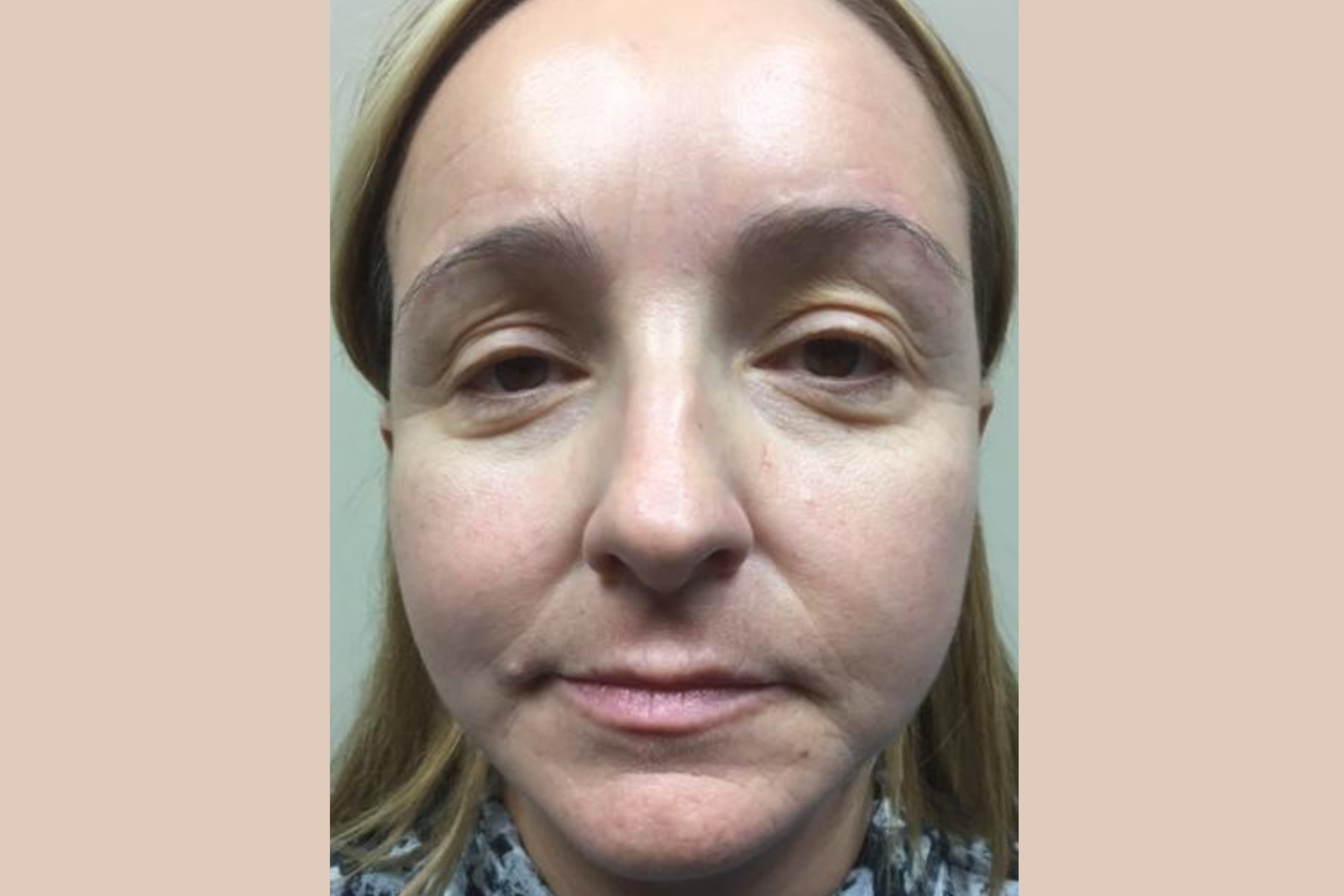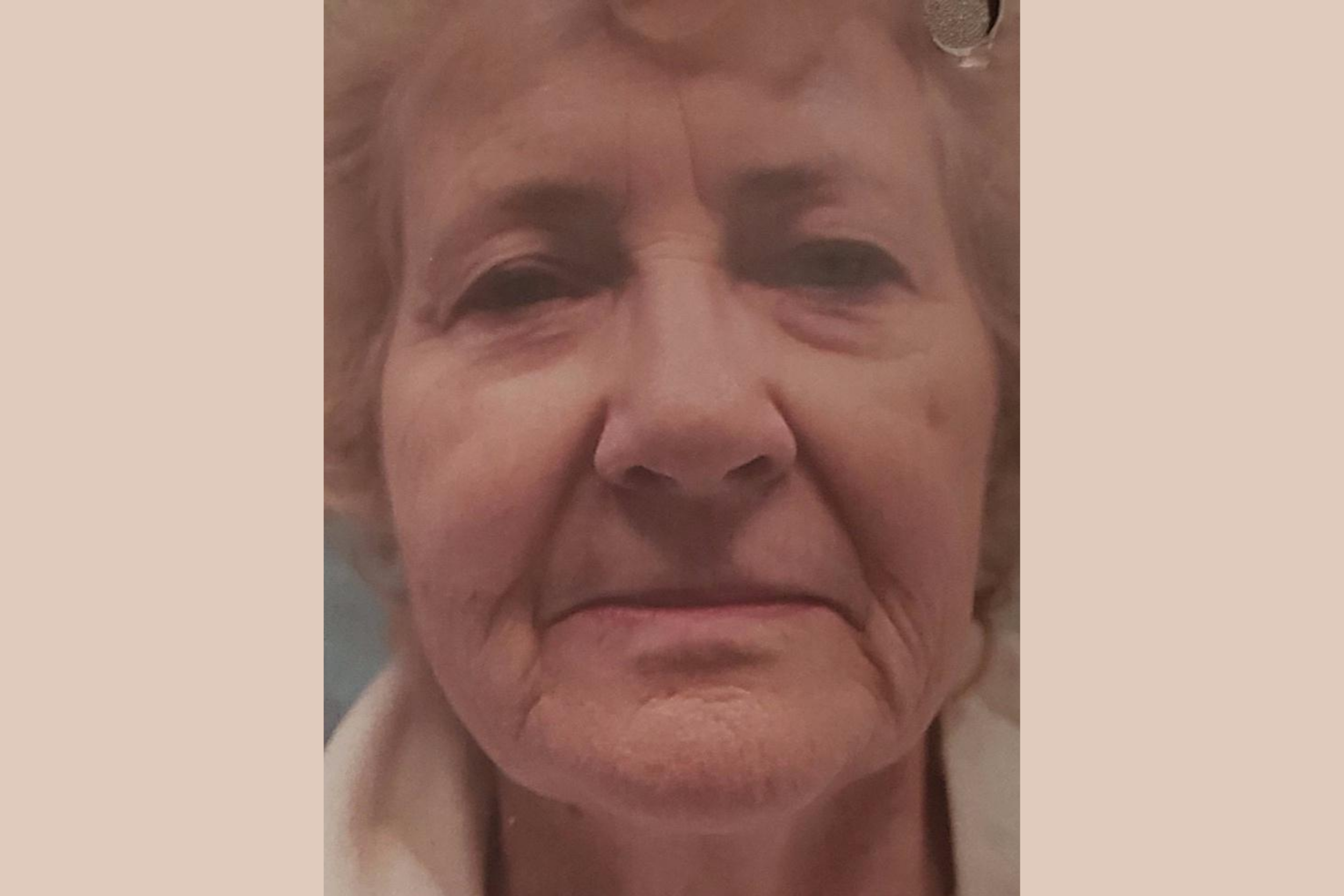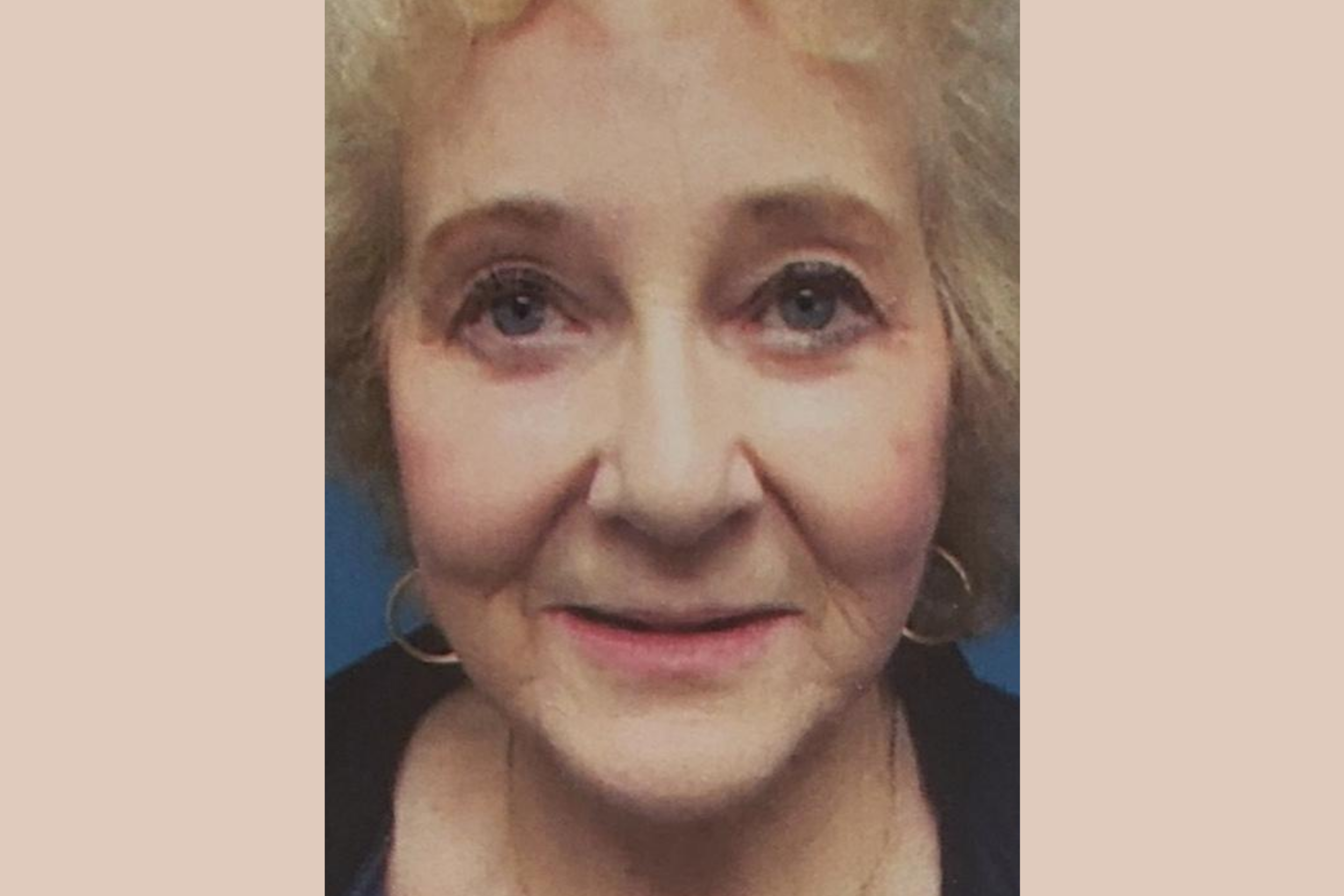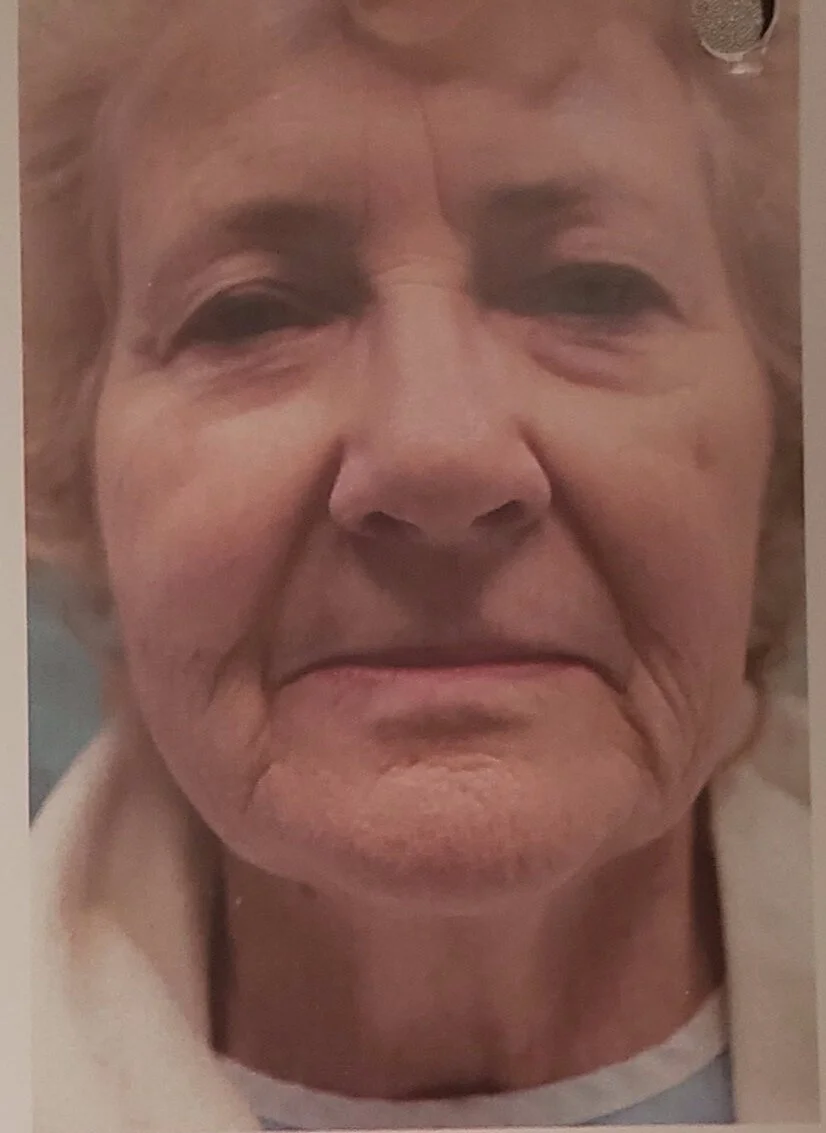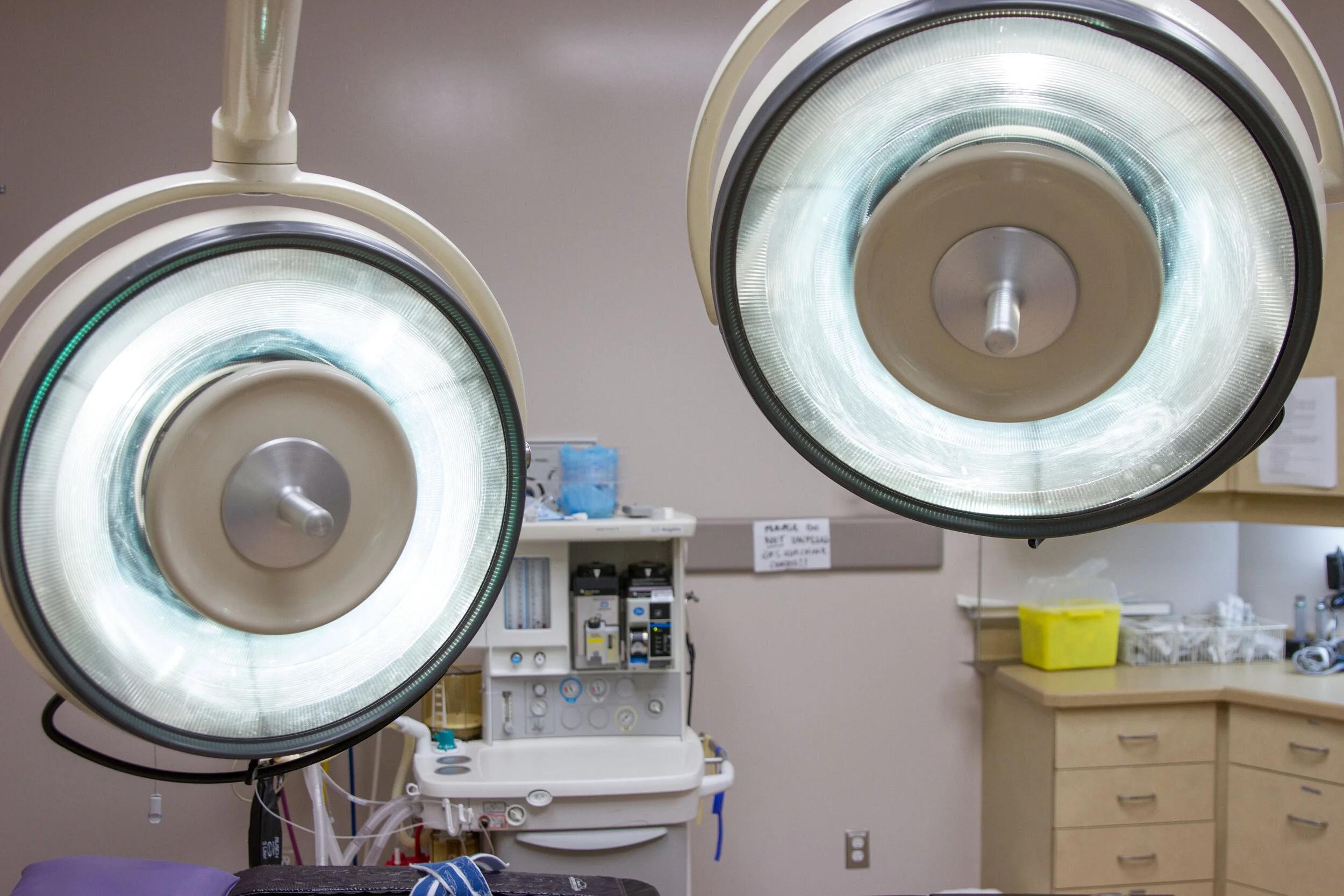+ What is a Brow lift surgery?
The surgery is done most often under local (freezing) anaesthesia, with intravenous sedation.
Immediately before the surgery, with the patient sitting, a photograph is taken.
The surgery is then planned using a surgical marker on the forehead and scalp.
With the patient in a lying position, the patient is sedated, and then local freezing is then injected (similar to a dental freezing). The freezing will often last throughout the entire day.
+ Describe the Surgery:
There are numerous approaches to elevate the brow.
The endoscopic approach uses a series of small incisions in the scalp; the brow is elevated using an endoscopic approach (a small camera placed through the small cut; the dissection is done through this small incision and the elevated tissue is suspended using special sutures). This is a useful short term procedure that lasts up to 5 years.
Dr. Giuffre does not use this technique due to its limited longevity.
The most common approach is an incision in the scalp from the ear across the scalp to the opposite ear. The scalp and skin tissue is elevated to the eyebrow level; the muscles that produce the frown lines between the eyebrows and the creases in the upper part of the nose are partially removed, and then the excess skin is removed from the scalp to elevate the brow. This permanently elevates a low brow. The scar lies within the hair line and is not visible. This approach is reserved for a patient who does not have a very high forehead.
The scalp incision is closed with dissolving sutures and surgical clips, which are removed at 7-10 days post operation.
There are no drainage tubes.
The patient goes home after the surgery with a large bandage.
The patient returns the following morning to have the dressing removed. The patient can then shower and shampoo the hair.
At 7-10 days post operatively, the patient returns to have the scalp clips removed.
The surgical time is approximately 90 -120 minutes
If the patient has a very high forehead, the incision is made at the junction of the scalp frontal hairline and the forehead. This will allow the forehead to be shortened along with the brow lift without elongating an already high forehead.. The risk of this surgery is the scar will lie just behind the frontal hair line. This may be visible on a windy day if the hair is blown off the forehead area or when swimming.
In men, a brow lift can feminize the face. If the brow is very low, rather than a brow lift as described above, the brow is often elevated by making incision in the natural forehead creases in the forehead. An ellipse of skin is removed to elevate the brow. This leaves a forehead scar that will eventually blend in as a natural forehead crease.
Please see https://www.meadowlarksurgicalcosmetic.com
+ What happens next?
The patient cannot drive home and will need a ride from a friend or relative.
The use of ice packs over the first 24 hours will decrease swelling and bruising.
The day after surgery, the patient returns to have the bandage removed. They can then shower.
They return again on day 10 to have the suture/surgical clips removed. There will be bruising and swelling for 7 – 14 days after surgery. The amount will vary from patient to patient.
The use of Aspirin, Advil and Herbal supplements are discouraged as these products will increase the bleeding and bruising during and after surgery.
Two weeks off work is recommended.



